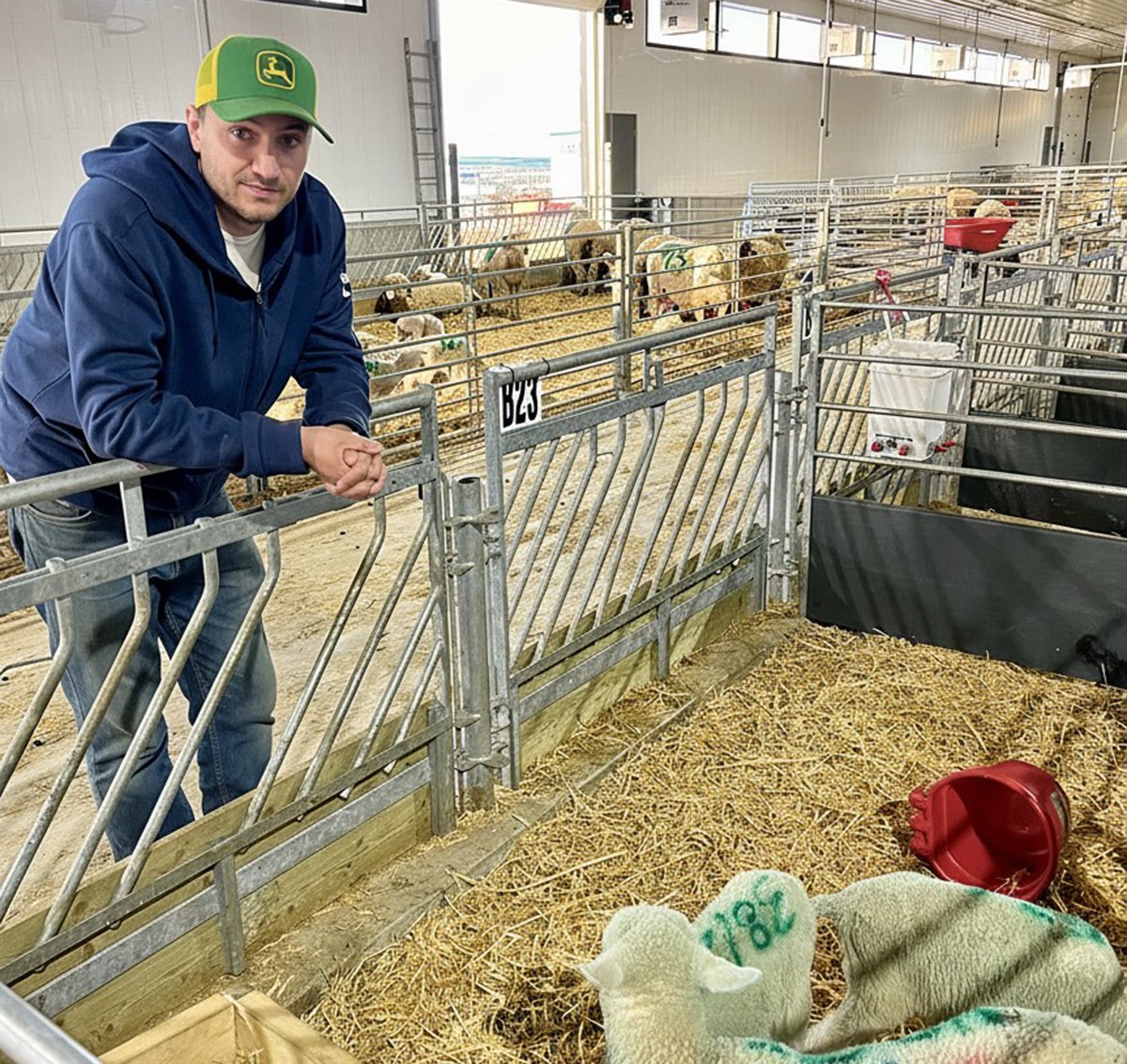EDMONTON – Pork roasts grown in a Petri dish and grain starch produced in a lab may be the agriculture of the future.
Axel Meisen, foresight chair at the technology futures division of Alberta Innovates, formerly the Alberta Research Council, told farmers attending a Wild Rose Agricultural Producers meeting in early January that they soon might earn more money from an animal’s cells than its meat.
He said a Dutch company has already grown a pork roast in a lab using pig cells.
“It was soggy, with poor flavour and texture, but the ability to grow tissue, muscle and other elements in vitro is developing rapidly,” Meisen said.
Read Also

Solar, sheep provide valuable farm diversification
Eric Steeves says raising sheep on forages grown under solar panels provided economic stability and perhaps even saved his family’s fifth generation southern Alberta grain farm.
The Dutch firm believes it will have a viable pork product within five years.
The question scientists are asking is, “do we need a cow to grow the steak?’ ” he said.
“The cells from animals may be more valuable than the animal sold for meat.”
Technology is already available to grow artificial skin for burn victims from their own cells, he added.
“You can grow skin today quite rapidly.”
Researchers are also growing starch from the cells of grain.
“Initially it will be a very bland starch, but you can see the direction in which it is going,” Meisen said.
Meat and starch grown in laboratories may help provide an answer to looming water shortages on the Prairies by reducing the amount of water needed to produce wheat and meat.
Meanwhile, Alberta Innovates scientists are studying biochar, a charcoal formed by burning wood, straw, leaves and other agricultural products as a way to improve soil quality and sequester carbon dioxide from the atmosphere.
Meisen said evidence from the Amazon River basin in South America shows it was common practice for indigenous people to burn wood or leaves to produce biochar and improve the quality of soil.
Biochar has a porous texture and supports bacteria in the soil that allows for better nutrient value and holds the fertility of the soil without being washed away.
Meisen said biochar might help farmers cope with solonetzic soils, the impermeable soil layer that blocks roots and nutrients from penetrating deep into the soil.
Scientists believe five tonnes of biochar can be applied to each acre of land, which would remove 880 million tonnes of carbon dioxide from the atmosphere. That is more than the 640 million tonnes of carbon dioxide Canada produces, he added.














